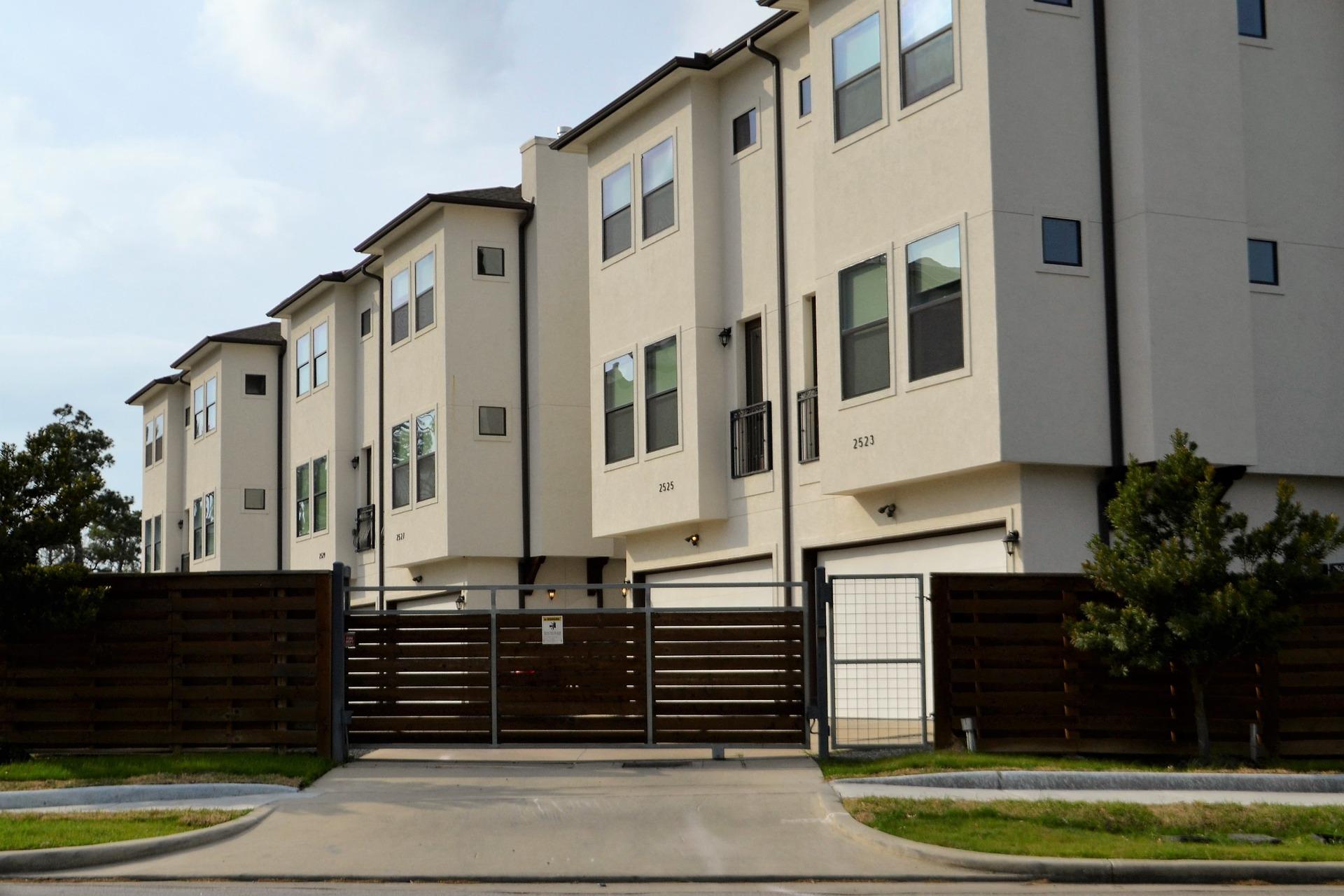As it relates to things that cost money on a monthly and annualized basis in apartment investing there are two categories of items – those that you stroke a check for every month or year, and those that you don’t. The “stroke a check” category is easy to understand. The money was in your account, then you stroked a check, and now this money is no longer in your account – call it operating expense, operating cost, or anything else. The point is – it’s easy to understand.
The other category of losses is much less transparent. Why? Because the loss occurs before the money actually ever hits your account. Think of it as money that you should have had, but it never quite made it to you…
What are the economic losses
What I described above is generally referred to as economic losses. These are a bit more difficult to understand because of their abstract nature. Here’s how this works in principle:
Let’s say you get $200,000 of rents this month from your apartment building. Congratulations – that’s a lot of dough! Question, though – how does this compare to your rent roll? In other words, if we were to look at your rent roll, would we see $200,000 in rents with every unit rented, or would we see $220,000 of gross scheduled rents (GSR) of which only $200,000 made it into the books?
If the answer is the latter, then obviously you’ve lost 10% of your scheduled income somewhere. Those losses are very real in a sense that it’s money you should have had but didn’t get.
What are some of the economic loss items
Generally speaking, all of the economic losses stem from one of the following items:
- Physical vacancy: vacant units that don’t bring in revenue.
- LTL (loss to lease): leases that are lower than either the schedule or the market.
- Bad debt (credit loss): people were supposed to pay you but didn’t.
- Concessions: offers to entice tenants.
- Non-revenue units: units that could be rented but aren’t.
Conclusion
We’ll need to leave further discussion fo these items (and I could write for days) until another time. For now simply remember – you don’t have to spend money to lose money in multifamily!


2 Comments